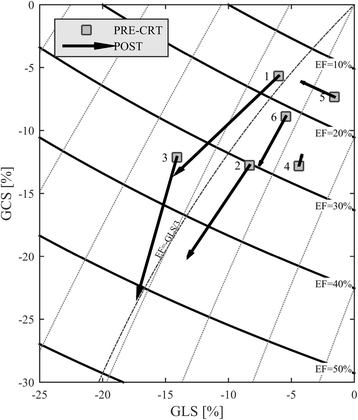Cardiac fluid dynamics meets deformation imaging
- PMID: 29458381
- PMCID: PMC5819081
- DOI: 10.1186/s12947-018-0122-2
Cardiac fluid dynamics meets deformation imaging
Abstract
Cardiac function is about creating and sustaining blood in motion. This is achieved through a proper sequence of myocardial deformation whose final goal is that of creating flow. Deformation imaging provided valuable contributions to understanding cardiac mechanics; more recently, several studies evidenced the existence of an intimate relationship between cardiac function and intra-ventricular fluid dynamics. This paper summarizes the recent advances in cardiac flow evaluations, highlighting its relationship with heart wall mechanics assessed through the newest techniques of deformation imaging and finally providing an opinion of the most promising clinical perspectives of this emerging field. It will be shown how fluid dynamics can integrate volumetric and deformation assessments to provide a further level of knowledge of cardiac mechanics.
Keywords: Cardiac fluid dynamics; Deformation imaging; Hemodynamic forces; Intraventricular pressure gradient; Speckle tracking.
Conflict of interest statement
Ethics approval and consent to participate
The entire study was performed in accordance with the Helsinki declaration; all subjects provided written informed consent (N.O 43/2009, prot 2161). Ethics committee approval was not required.
Consent for publication
Not applicable.
Competing interests
GP and GT receive indirect support from TomTec Gmbh. All other authors declare no competing interest, financial or otherwise.
Publisher’s Note
Springer Nature remains neutral with regard to jurisdictional claims in published maps and institutional affiliations.
Figures







References
Publication types
MeSH terms
LinkOut - more resources
Full Text Sources
Other Literature Sources
Medical

